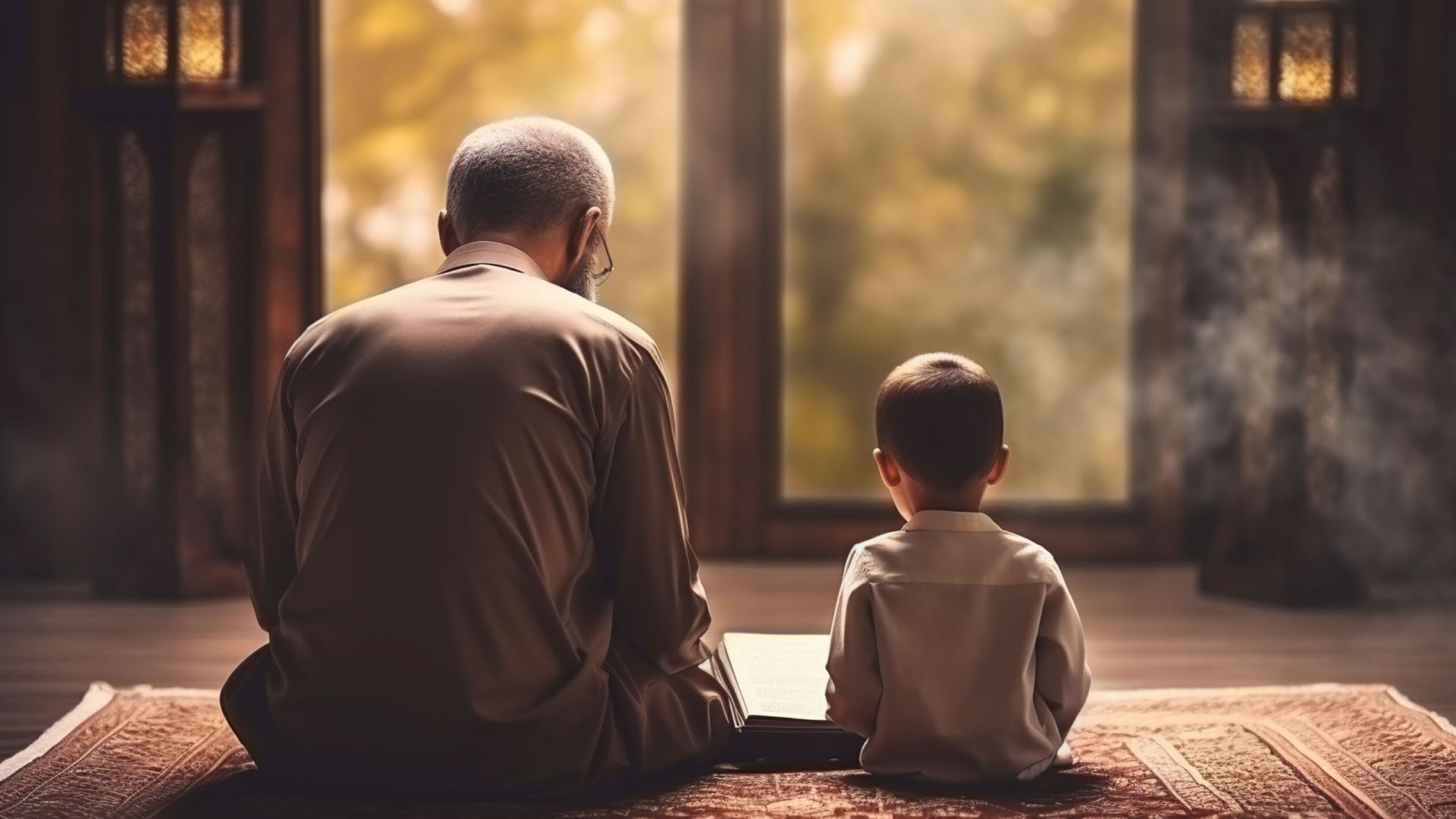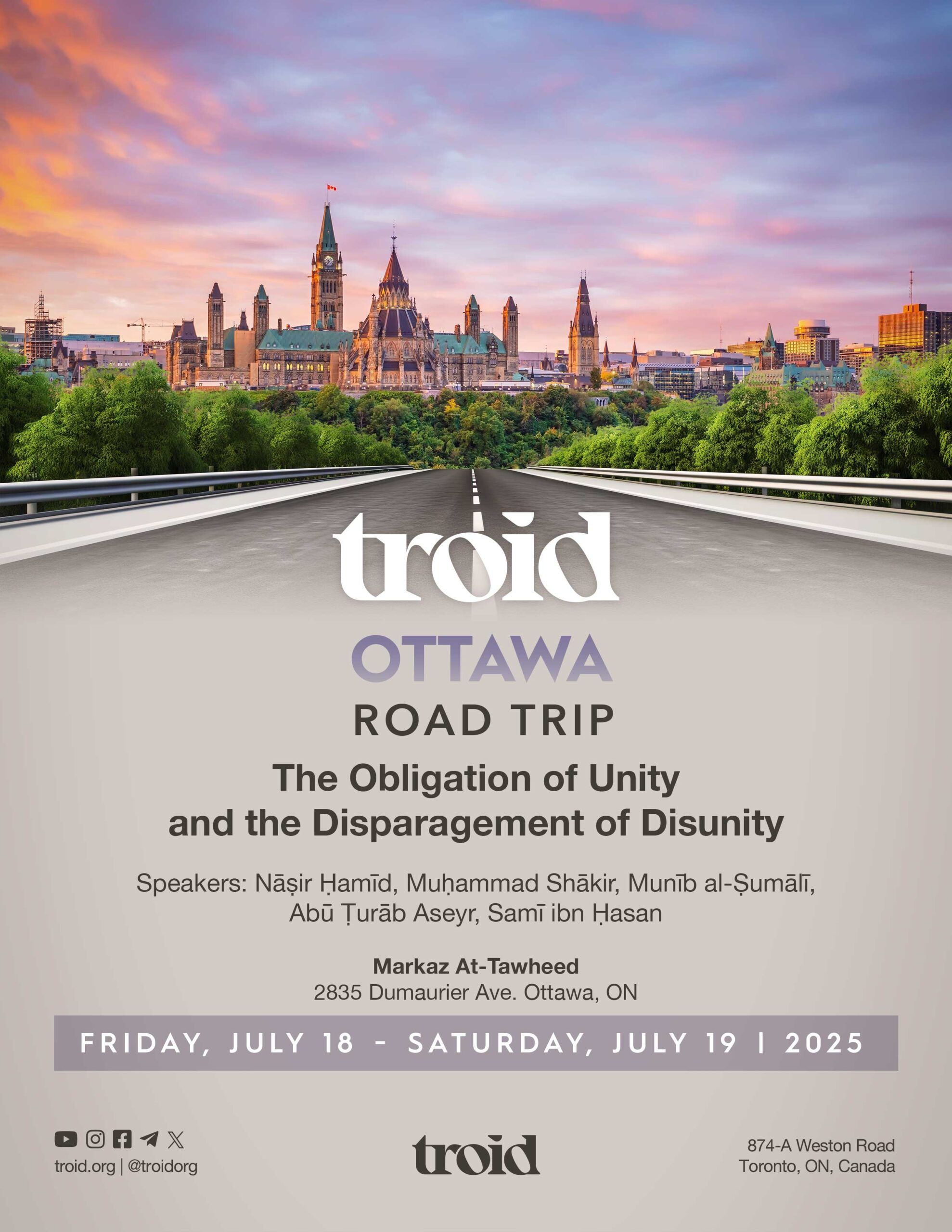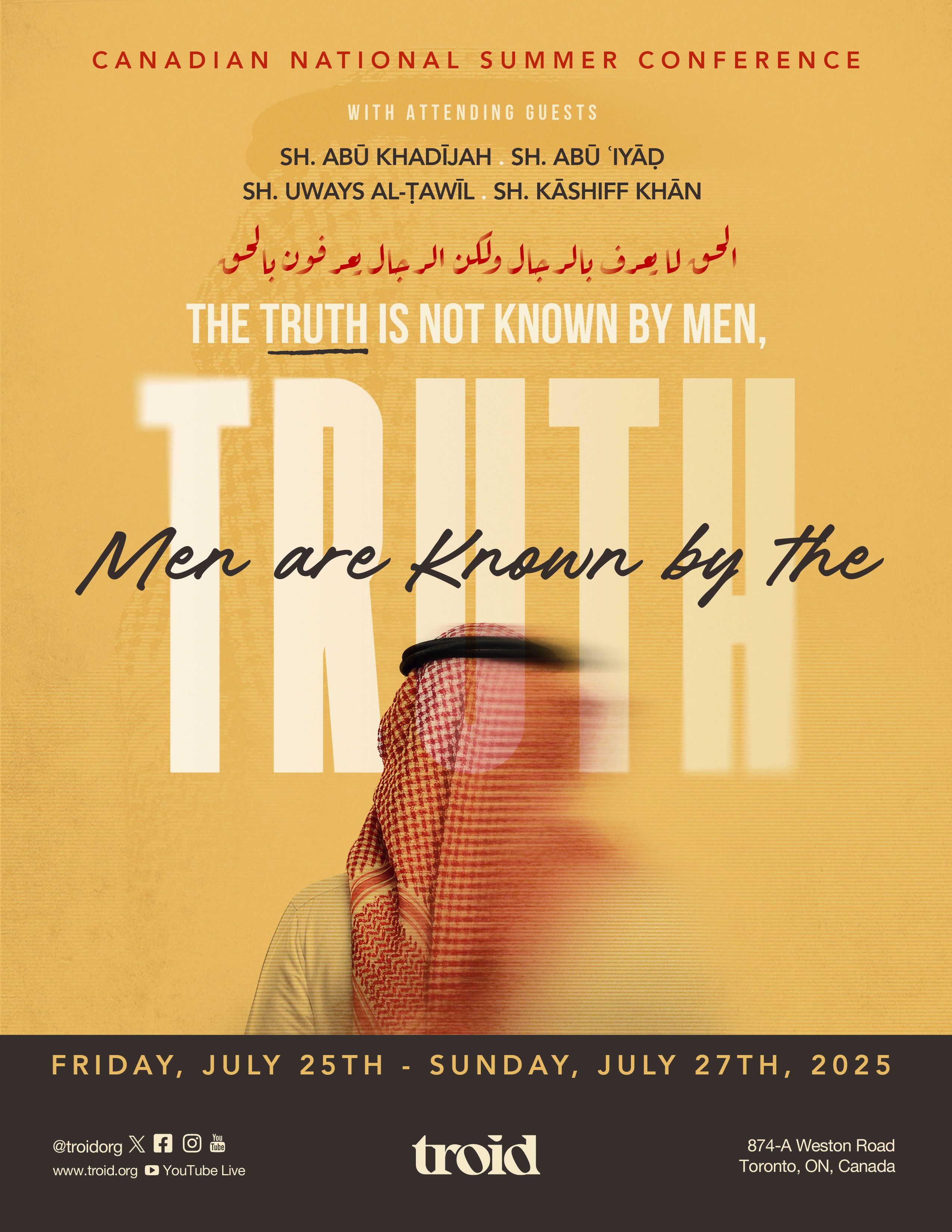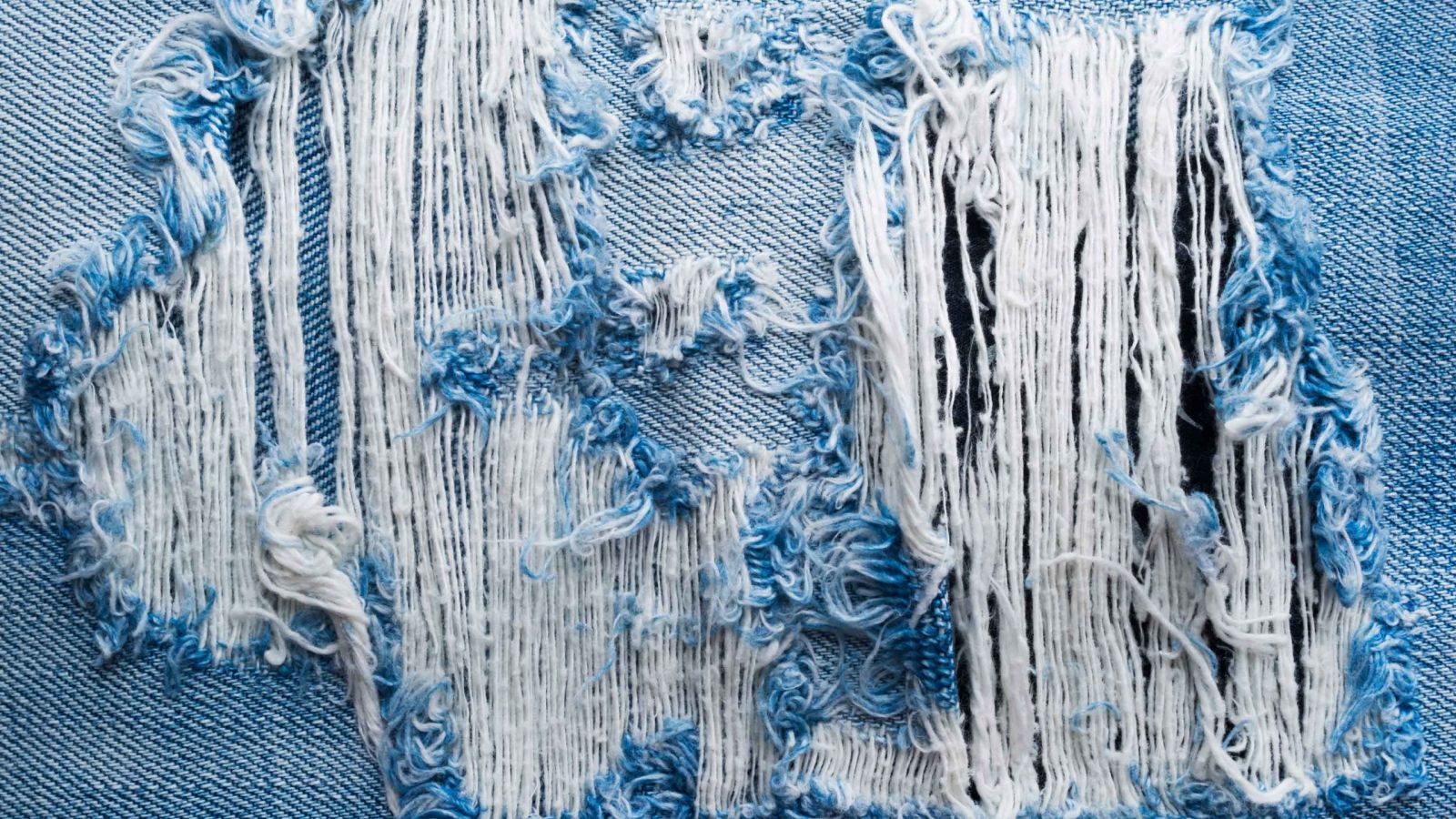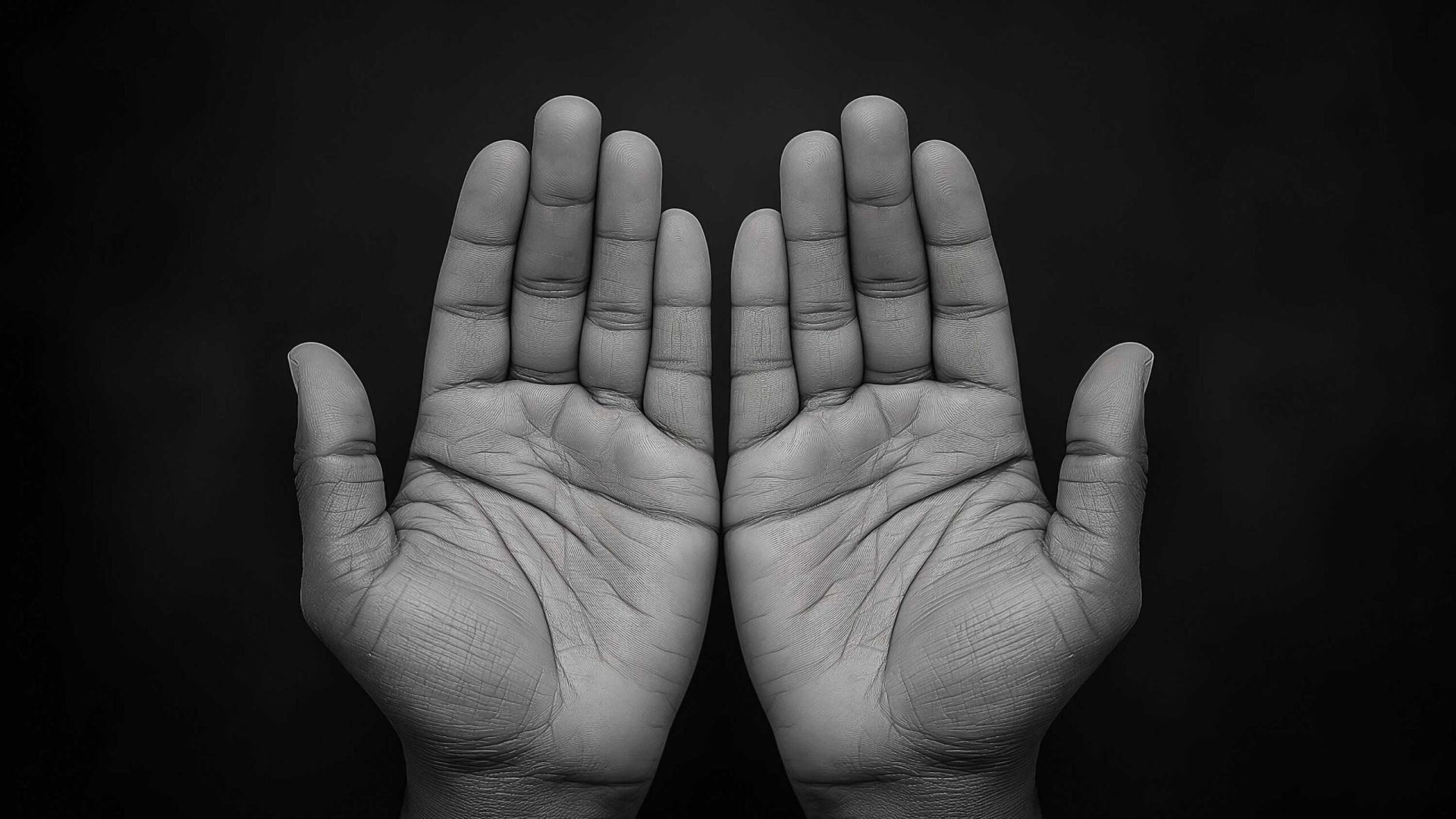The Prerequisites of Clothing Worn in Prayer
Imām Muḥāmmad ibn Ṣāliḥ al-ʿUthaymīn
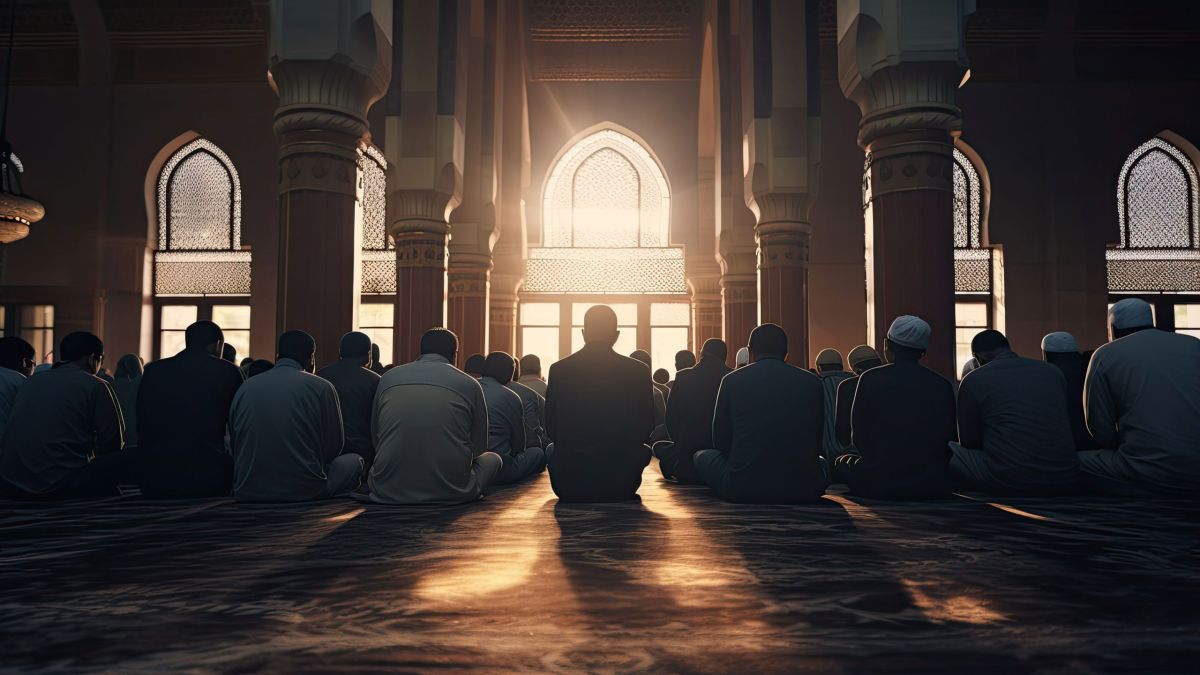

The prerequisites of the garments worn during prayer are the following:
- The garment must not show the characteristics of the underlying skin. If those characteristics are visible, wearing that garment in prayer is impermissible because one is not deemed to be truly covering themselves. In consideration of this, if a person was to clothe himself in a garment made of clear plastic which prevents air and water from reaching his skin, it would be impermissible for him to pray in such clothing as he is not covered in actuality because his clothing clearly shows the characteristics of his underlying skin.
- His clothing must be pure. If marred by something najs (impure), he may not pray in it. If he was to pray in it, his ṣalāh would be deemed incorrect. Not because he was uncovered, but because it is impermissible to don that which carries najāsah in ṣalāh. The evidence of this is as follows:
- The saying of the Most High:
وَثِيَابَكَ فَطَهِّرْ
“And your garments purify!”
(Al-Muddathir, 74:4)The apparent meaning of this verse is the purification of physical clothing or garments. While other scholars say its meaning is: purify your actions from associating others with Allāh. This is because actions have been termed a form of clothing, as the Most High said:
وَلِبَاسُ التَّقْوَىٰ ذَٰلِكَ خَيْرٌ
“And the raiment of righteousness, that is better.”
(Al-Aʿrāf, 7:26)Its meaning is to purify your actions from shirk. This is also evidenced by His saying after this verse:
وَالرُّجْزَ فَاهْجُرْ
“And keep away from al-Rujz (the idols)!”
(Muddathir, 74:5)We say: There is nothing that would occlude the verse from adopting both meanings, as one meaning does not contradict the other. Any time a passage from the Qurʾān or the Sunnah carries two meanings which do not contradict one another, both will be intended from the passage.
- The Prophet (صلى الله عليه وسلم) was once brought an infant who had not begun consuming solid food who sat in his quarters. The infant urinated, so he (صلى الله عليه وسلم) called for water and he poured it on the affected clothing.1 This proves that the clothing one prays in must be pure, as the Prophet (صلى الله عليه وسلم) immediately took to purifying his clothes from it.
- The Prophet (صلى الله عليه وسلم) was once praying with his companions and removed his shoes during the ṣalāh. So the people behind him also removed their shoes. When he had concluded the ṣalah by making the taslīm, he asked them: “Why did you remove your shoes?” They replied: “We saw you remove your shoes, so we removed ours.” He (صلى الله عليه وسلم) said: “Jibrīl came and informed me that they carried that which is impure.”2 This proves that it is incumbent to remove that which carries najāsah.
- The ḥadīth of Ibn ʿAbbās (رضي الله عنهما) that the Prophet (صلى الله عليه وسلم) once passed by two graves and said: “Indeed, one of them used to be complacent in shielding himself from urine.” In another narration: “complacent in his avoidance of it”.3 This ḥadīth proves the point, although it requires some debate and consideration.
- The saying of the Most High:
وَطَهِّرْ بَيْتِيَ لِلطَّائِفِينَ وَالْقَائِمِينَ وَالرُّكَّعِ السُّجُودِ
“And sanctify my house for those who circumambulate it, and those who stand up for prayer, and those who bow (submit themselves with humility and obedience to Allāh), and make prostration (in prayer, etc.);”
(Al-Ḥajj, 22:26)They say: If Allāh commands that the place of prayer is purified, despite the fact that it is physically separated from the praying person, then it is even more befitting e that one purifies his clothing that touches him, that which he prays with.
- The saying of the Most High:
- One’s clothing must be permissible for him. That is, its usage is not ḥarām for him4. As far as clothing is concerned, there are three type of ḥarām:
- Ḥaram due to its inherent nature: For example, silk for men. It is impermissible for men to wear silk garments. As such, if a man was to pray in silk clothes, his ṣalah should be considered invalid based on this prerequisite, as he has covered his ʿawrah with clothing that is impermissible for him. Whoever engages in an act which is not from the command of Allāh or His Messenger (صلى الله عليه وسلم) will have his act rejected.
- Ḥaram with respect to its attributes: Like clothing that hangs below the ankles [for men]. For example, there is a man who has donned a cotton garment but it extends below his ankles. We say: This is ḥarām due to the attribute of the garment [not its nature or material]. Thus, ṣalāh would be deemed incorrect in such a garment, as it is impermissible and the wearer is sinful because of it. So, its ruling should be one of invalidity as far as Islamic legislation is concerned. And whoever engages in an act which is not from the command of Allāh or His Messenger (صلى الله عليه وسلم) will have his act rejected.
- Ḥarām due to the manner in which it was attained: Clothing that was obtained through unlawful seizure or stolen.5 For example, a man steals the clothes of another and prays in it. We say: This ṣalāh is incorrect as you have covered your ʿawrah with a garment whose usage is ḥarām for you. Thus, your ṣalāh is deemed incorrect.
As for the first two prerequisites [covering underlying skin and purity], these and their proofs are clear. As for the third prerequisite [of the clothing being permissible], this is a matter of difference among the scholars. Among the scholars are those who say: Ḥarām clothing may be used to cover oneself in ṣalāh. This is because there is a difference between what has been commanded and prohibited with regards to what each pertains to. That is, one has not been forbidden from wearing this ḥarām clothing in ṣalāh specifically such that we may say: the wearer has opposed a specific command by wearing this clothing in ṣalāh. Rather, this clothing is ḥarām for him in all circumstances [ṣalāh or otherwise]. In consideration of this, the prohibition [of wearing ḥarām clothing] pertains to a matter that is different to what the command is related to [i.e. wearing it specifically in ṣalah].
To further clarify this, if it was said to you: Do not pray in silk clothing, but then you prayed in it anyways, your ṣalah would be deemed incorrect. Here, the command and prohibition both pertain to the same entity [ṣalāh]. Here, the command is to cloth or adorn oneself when praying and prohibition is to avoid wearing silk when performing that prayer. If this is the case, we would deem the ṣalāh prayed as incorrect because the command and the prohibition are in clear opposition to one another.
However, in this issue, the prohibition has been issued without pertaining to ṣalāh specifically. For example, we say: “It is impermissible for men to wear silk”, that is in every situation [not just ṣalāh]. Then, if a man wears it, he is undoubtedly sinful but in a way that is completely unrelated to his ṣalāh such that we cannot say: his ṣalāh is negated by this clothing. In consideration of this, if one was to pray in ḥarām clothing, his ṣalāh is deemed correct but he is sinful for clothing himself with that which is impermissible.
- The clothing must not cause harm to the wearer. For example, if an article of clothing is riddled with nails or tacks, would we obligate a person to wear it while it pierces and bleeds his skin? The answer: No, because Allāh has not obligated upon his servants that which is a source of difficulty and hardship for them. Even if one was to don such a garment, he would neve be able to attain tranquillity or concentration in his ṣalāh.
[Q]: If a person has sensitive, allergy-prone skin which prevents him from wearing certain clothing,such that if he does wear these clothes he finds himself pre-occupied because of it, what should he do?
[A]: It may be said: Wearing silk would alleviate this sensitivity. As people with sensitive skin who wear silk will find their symptoms subside as long as the silk touches their skin. So, here we would say: Wear silk if you are able. If you are not able to, then pray in your current state [i.e., leave the affected area unclothed].
Endnotes:
[1] Authentic: narrated by al-Bukhārī: 220.
[2] Authentic: narrated by Abū Dāwūd: 650. Graded authentic by Ibn Ḥajar in Muwāfaqah al-Khubar 1:91 and Shaykh al-Albānī in Ṣaḥīḥ Abī Dāwūd: 657.
[3] Authentic: narrated by al-Bukhārī: 215.
[4] For more information see: The Ruling of Praying in Ḥarām Clothing
[5] See previous footnote.
[6] Translator’s note: The author here is referring to permissible exemptions due to necessity. This is the fiqh point being emphasised. However, this would preclude finding any ḥalāl material to wear first, and Allah knows best.
Source: Al-Sharḥ al-Mumtiʿ 2: 152-156
Translated by: Riyāḍ al-Kanadī
Most Popular: Last 30 Days
